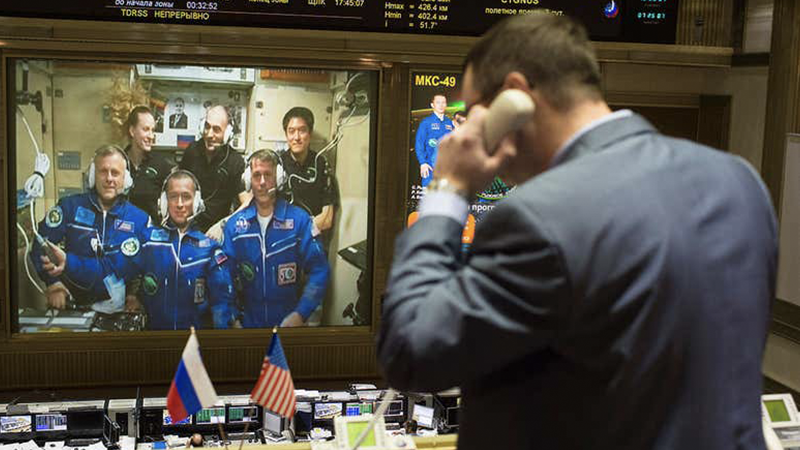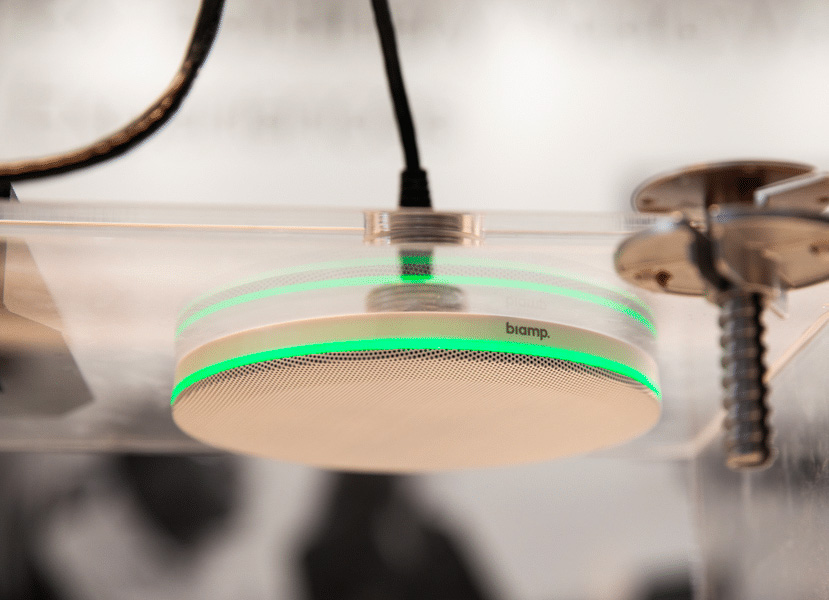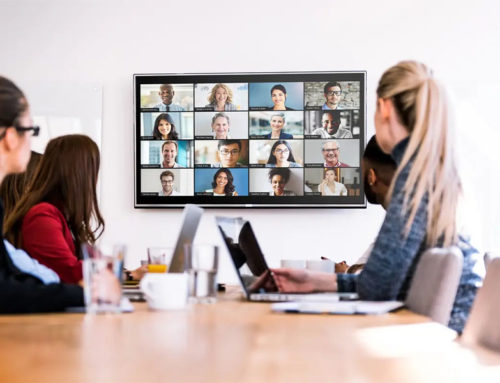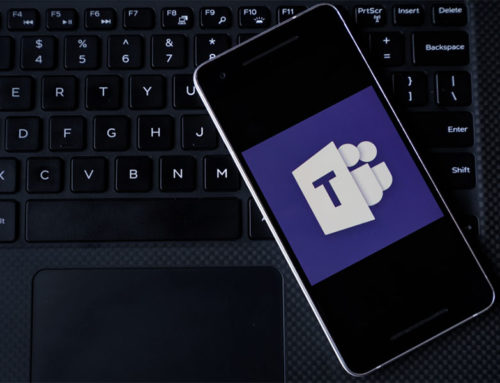I was thinking the other day about all the challenges we face with technology, especially in the workplace these days with a heavier shift than ever to remote working and video conferencing.

Joel Kowsky/NASA via Getty Images
After all, that’s our job – to find quality solutions to these problems. And when a client calls us from anywhere on the globe, we’re ready to implement an Audio Visual solution to their unique needs.
But the keyword there is ‘globe’. What if we got a call from… space?!
Humor me. I know that’s not going to happen. But it did get me wondering what the video conferencing set up looks like on the International Space Station.

There are 52 computers onboard the ISS. And they are seen regularly speaking to and streaming to us down here on planet Earth. Whether it’s an interview, an educational session or something of the like, the technology to just simply have an internet connection up there seems pretty astounding, let alone to be able to live stream audio and video.
It turns out, you definitely can communicate with the astronauts on the ISS. Anyone can actually call the ISS. Their phone number is 1-281-483-0123.
Weird, right?
That call goes into NASA Johnson Space Center in Houston and gets routed to space through a very high frequency space-to-ground radio network. I should note – your chances of actually getting through are pretty slim. I may have tried…
But what about the video feed? That’s the most impressive thing to me.
Sadly, I found out that we can see them, but they actually can’t see us.
When NASA sets up a video link to Earth like at New Scientist Live, astronauts only get to hear the audio side of the call. They don’t get to see pictures from the event. But setting up the video link and broadcasting live pictures from low Earth orbit is no easy feat.
Since the space station crosses the horizon every 4 minutes, it is impossible to track using ground stations. To maintain the data link, NASA has a small constellation of satellites, known as Tracking and Data Relay Satellites (TDRS), which enable near constant communication between the ground and orbiting satellites. These have data rates similar to a home fibre internet connection.
The lag on the pictures at such events is around 5 to 6 seconds, as a result of three sets of satellite transmissions and a conversion between video standards between the US and Europe.
Remarkably, it is rare for the connection to fail.
About the Author:
Ultimate Technologies Group is the global expert in virtual communication and collaboration technology. When it comes to high-end Audio Visual technology solutions, we are trusted by some of the most respected brands:
Commercial AV News & Thought Leadership:

2022 RedDot Winner – Yealink’s MeetingBoard 65

Sound Masking vs. Sound Absorption: Improving Conference Room Acoustics

The Current State of Hybrid Work May 2022




